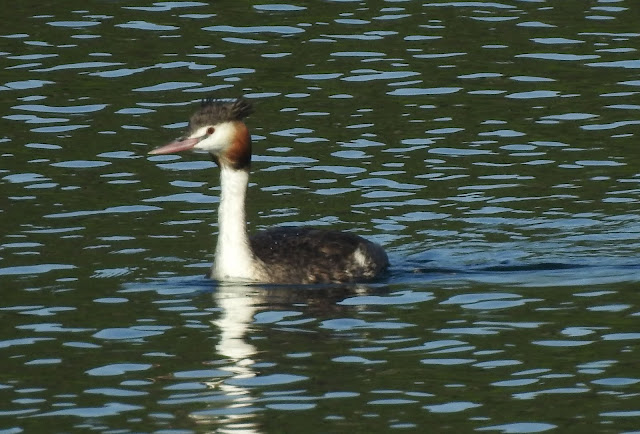The second trip has been completed and despite a few small
reservations I think that it went very well. Thanks are due to the participants
whose enthusiasm and energy and patience were very much appreciated. Thanks are
due especially to Steve Grainger for his leadership, experience and endurance!
I truly hope to have the opportunity to travel with you all again.
On this trip we saw - [06/10]a great range of bird species – 277 to be
exact. [The first group scored some 261]
For a quick qualitative description of our trips birds I
will present two pieces of information.
First the list of Birds of the Day. Every day each person
voted for their bird of the day – the criteria being determined by each person.
Day 1 - [06/10] - Rufous banded Honeyeater
Day 2
Day 3
Day 4
Day 5
Day 6
Day 7
Day 8
Day 9
Day 10
Day 11
Day 12
Day 13
Day 14 - [19/10] - Black Bittern
Day 15 - [20/10] - TBA
Day 15 - [20/10] - TBA
At the end of the trip we determined the birds of the trip.
Each person had to nominate their best three birds in order. Each bird was
given points 3 for their best, 2 for their second best etc. After all
nominations scores were determined for each nominated bird.
So the birds of the trip;
1. Golden Bowerbird
2. Golden shouldered Parrot
3. Double eyed Fig Parrot
3. Frill necked Monarch
5. Yellow billed Kingfisher
5. Palm Cockatoo
5. Black breasted Buzzard
5. Black throated Finch
9 . Northern Scrubrobin
10 Spotted Catbird
10 Little Kingfisher
10 Red cheeked Parrot
10 Black Bittern
10 Pale-vented Bushhen
10 Barking Owl
1. Golden Bowerbird
2. Golden shouldered Parrot
3. Double eyed Fig Parrot
3. Frill necked Monarch
5. Yellow billed Kingfisher
5. Palm Cockatoo
5. Black breasted Buzzard
5. Black throated Finch
9 . Northern Scrubrobin
10 Spotted Catbird
10 Little Kingfisher
10 Red cheeked Parrot
10 Black Bittern
10 Pale-vented Bushhen
10 Barking Owl






















































